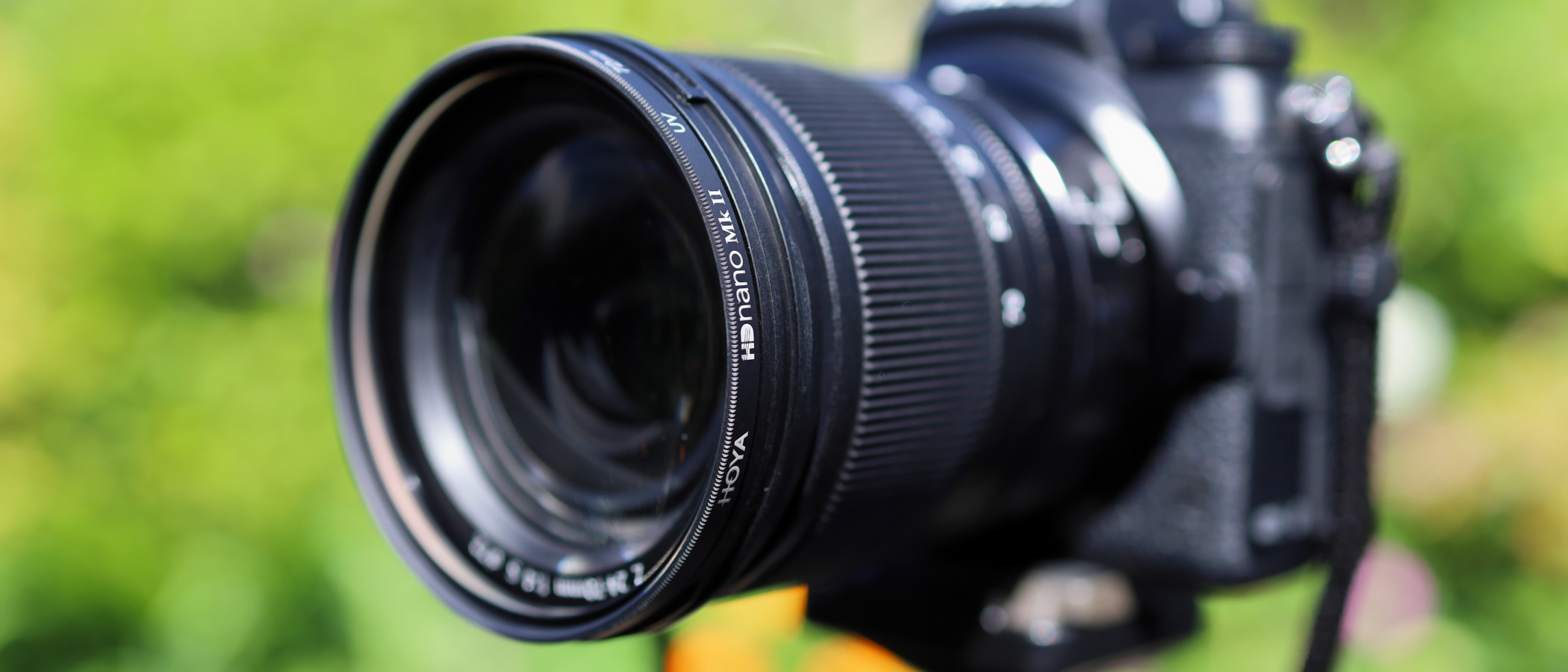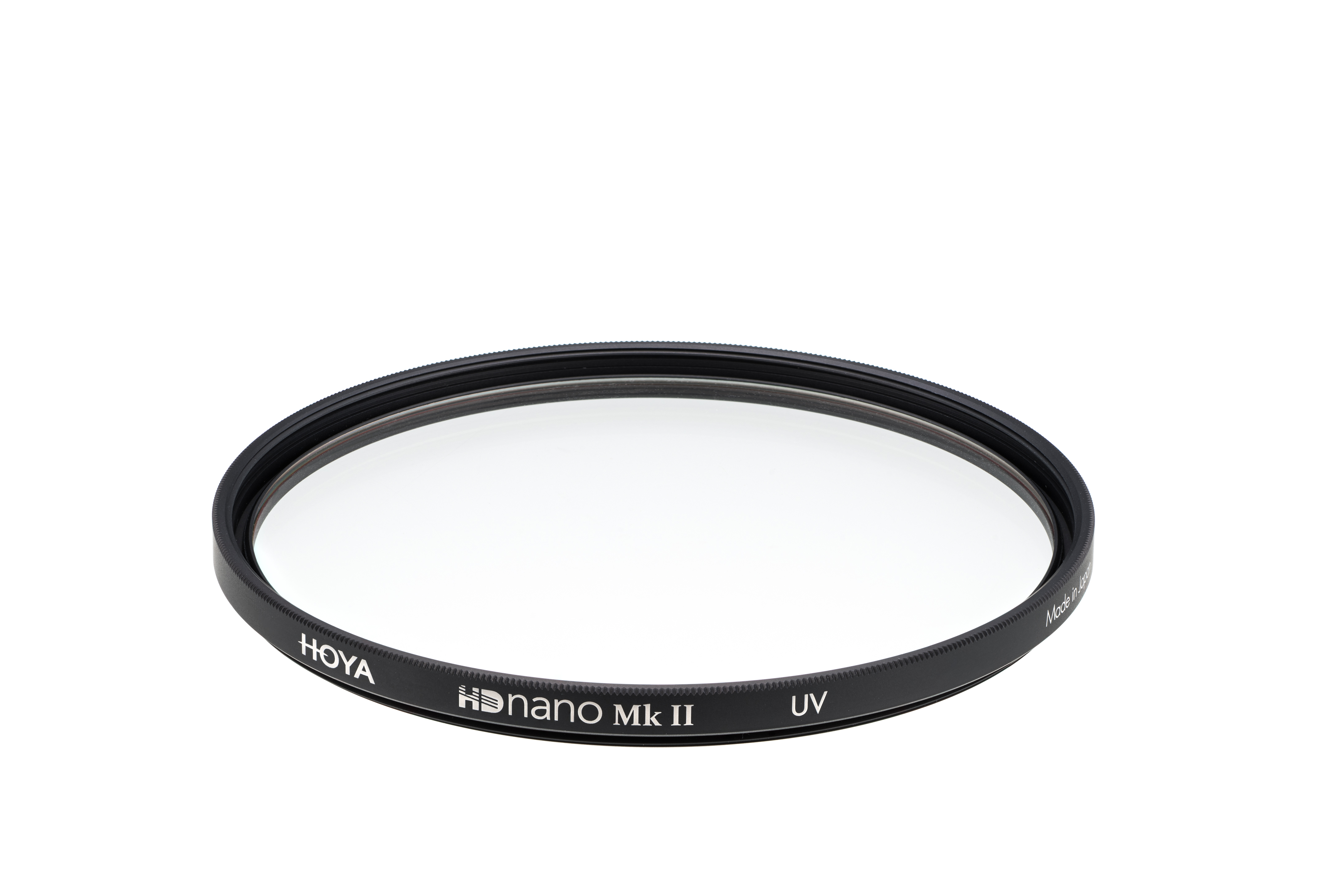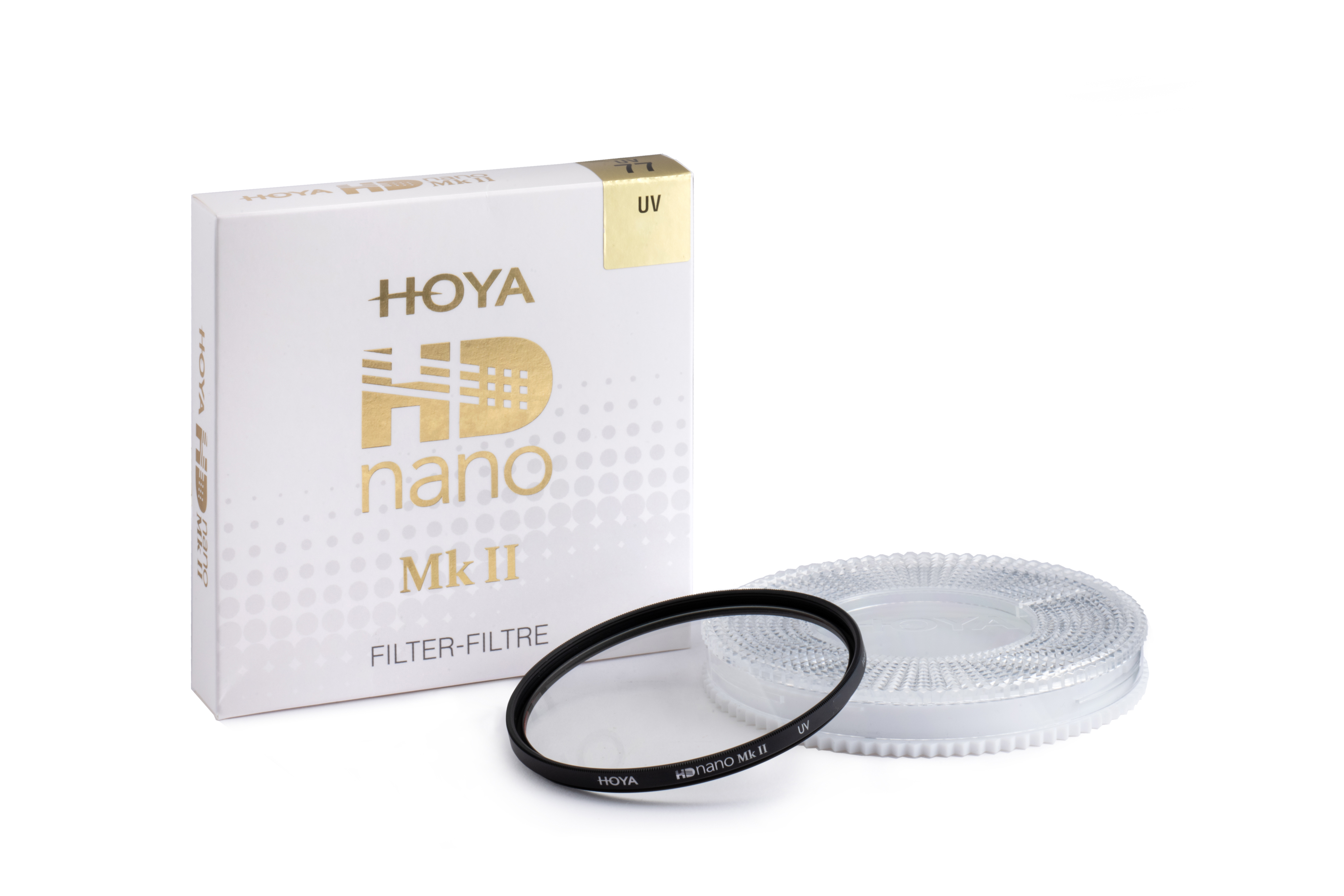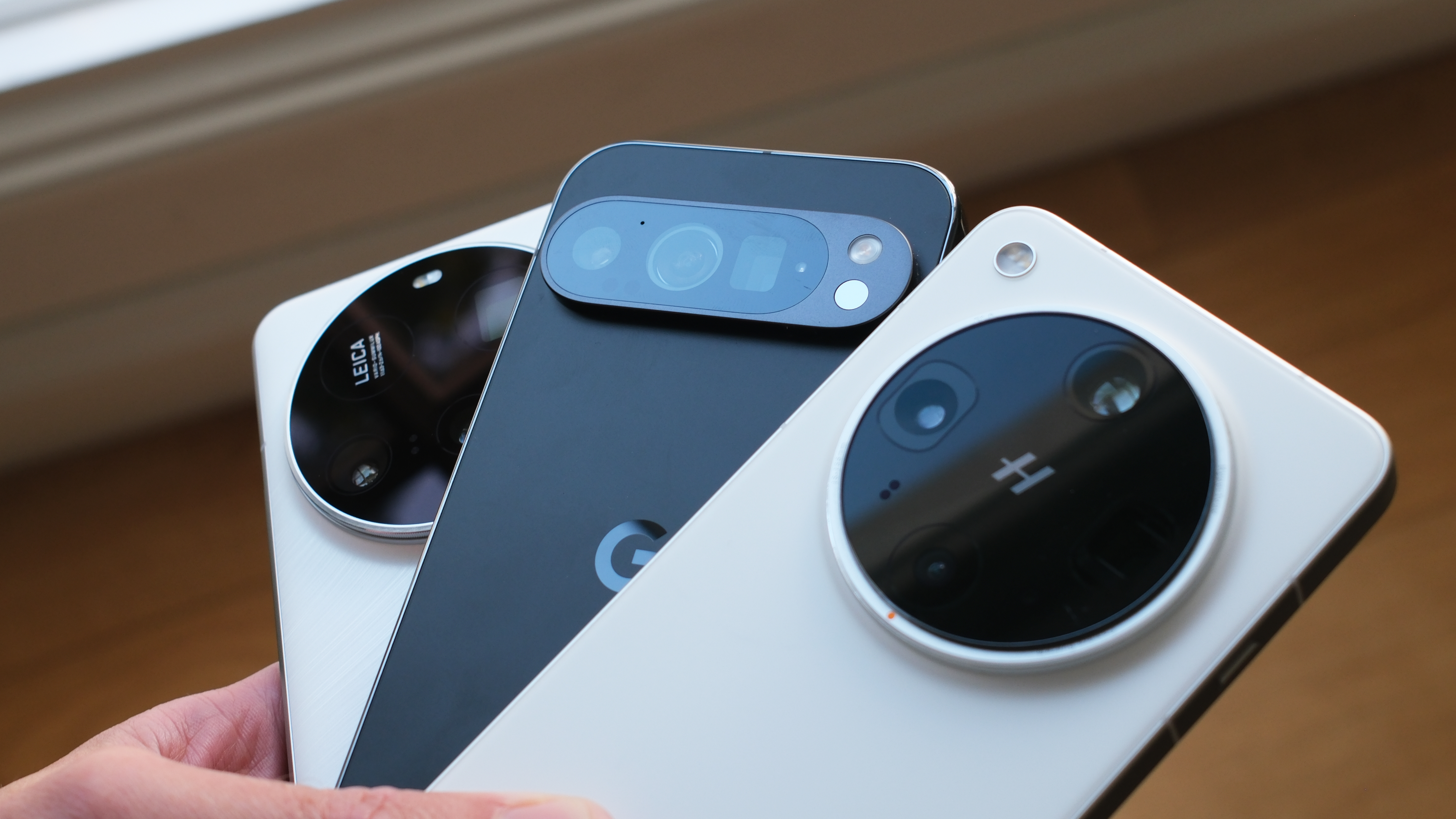Digital Camera World Verdict
Ultraviolet light is typically much less of a problem when shooting with digital cameras, because image sensors are generally less sensitive to UV than photographic film. Even so, strong sunlight can sometimes give rise to haze and errors in color balance, so it’s good news that this filter stops UV in its tracks. Better still, it’s made from super-strong optical glass with no less than 32 layers of nano-structure coatings. It also works brilliantly well for protecting the front element of expensive lenses without degrading in image quality.
Pros
- +
Excellent build quality
- +
Advanced nano-structure coatings
- +
Offers good physical protection
Cons
- -
Expensive for a UV filter
- -
Do you really need one?
Why you can trust Digital Camera World
Back in the days of photographic film, a UV filter was often seen as essential for blocking ultraviolet light. The Hoya HD nano Mk II UV is arguably much less of a ‘must-have’ accessory for digital cameras and their ranks of multi-coated lenses, but it still has a lot to offer.
As well as effectively taking the ultraviolet light out of the equation, it gives genuine protection to the front element of lenses, thanks to the strength of its specially made optical glass.
Specifications
Filter type: Circular, screw-in
Size range (mm): 49, 52, 55, 58, 62, 67, 72, 77, 82
Frame material: Aluminum, black anodized
Filter material: Toughened glass
Coating layers: 32, nano-structure
Transmittance: 98.8 per cent
Key features
Many photographers use UV filters simply to protect the front element of expensive lenses from knocks and scratches. That’s maybe not such a great idea. While any filter can guard against scratches, a knock can shatter a filter, potentially blasting the front element of the lens with sharp shards of glass. A key feature of this Hoya filter is that it’s made from HD Reinforced UV-Cut Glass. Specially formulated at the organic level, chemically enhanced and heat-treated, it’s four times stronger than regular glass and, if you do hit it hard enough to break it, it’s also shatter-resistant so the broken glass tends to stick together in a single sheet.
Just like camera lenses, pretty much all photographic filters feature multi-layer coatings. However, this is a potential weak spot. While the glass may be strong, coatings can be relatively fragile and can easily get scratched or depleted simply by regular cleaning. Again, this Hoya UV filter comes to the fore with no less than 32 layers of super-tough nano-structure coatings applied to both sides of the glass. As well as ensuring optimum optical performance, the coatings repel moisture and grease and are rated at 800 per cent more scratch-resistant then regular coatings.
To prove the point, Hoya has posted a video on YouTube demonstrating the after-effects of cleaning both regular multi-coated and HD Nano Mk II filters with a scouring pad. Suffice it to say the latter comes through unscathed, while the regular filter is a write-off.
Build and handling
We’ve already talked about the tough construction qualities of the optical glass and nano-structure coatings of this filter, both of which are exceptional. Further enhancing the overall build quality, the frame is similarly durable. It’s made from black anodized aluminum and the glass is mounted into it using a high-pressure press that enhances overall sturdiness and long-lasting uniformity.
Some photographers might leave a UV filter permanently attached to a lens, for physical protection. That’s often not useful, however, as you might often want to remove the filter so that you can use a circular polarizer or other filters, without risking degraded image quality or causing vignetting by stacking multiple filters on top of each other. The knurled front edge of the frame makes for easy removal and refitting.
Performance
Thanks to the advanced, multiple coatings applied to most modern lenses for digital cameras, the chances are that you generally won’t see any real improvement in color quality or a reduction in haze by using this UV filter. In fact, a UV filter can often actually degrade image quality in some situations. For example, additional ghosting and flare can be caused when shooting against bright lights in a scene. In this respect, the Hoya performs brilliantly well, its high-tech anti-reflective coatings on both sides of the glass really earning their keep.
While eliminating UV light, transmittance for the visible spectrum of light is excellent, at 98.8 per cent. The coatings also repel moisture and grease and make the filter easy to clean. They’re also very resistant to staining. All in all, performance is superb.
Verdict
Ultraviolet light is typically much less of a problem when shooting with digital cameras, because image sensors are generally less sensitive to UV than photographic film. Even so, strong sunlight can sometimes give rise to haze and errors in color balance, so it’s good news that this filter stops UV in its tracks. Better still, it’s made from super-strong optical glass with no less than 32 layers of nano-structure coatings. It works brilliantly well for protecting the front element of expensive lenses without degrading in image quality.
The best camera deals, reviews, product advice, and unmissable photography news, direct to your inbox!
Read more:
• Best camera lenses to get
• Best Canon lenses
• Best Nikon lenses
• Best Sony lenses
Matthew Richards is a photographer and journalist who has spent years using and reviewing all manner of photo gear. He is Digital Camera World's principal lens reviewer – and has tested more primes and zooms than most people have had hot dinners!
His expertise with equipment doesn’t end there, though. He is also an encyclopedia when it comes to all manner of cameras, camera holsters and bags, flashguns, tripods and heads, printers, papers and inks, and just about anything imaging-related.
In an earlier life he was a broadcast engineer at the BBC, as well as a former editor of PC Guide.






